
Everyone relates to planning differently. Some depend on it. Others despise it. I’m definitely in the “I love plans” group, but I also love change and spontaneity–go figure. I enjoy re-creating old ideas and nurturing self-directed learning in my children within a little structure, so in our homeschool days, it’s best for me to have structure with flexibility, days or blocks of time that can be shifted around when necessary without throwing everything into chaos. Plans may give you chills and cause paralysis. If that’s the case, please know that the greatest gift you can give your children and family is to understand your own family style and pace. Be challenged and stretched and inspired by others, but always understand what your own family and children need, and build your own style around it. That’s my disclaimer, otherwise, I hope this inspires you. It’s long, but fairly thorough so grab a cup of coffee. Also feel free to ask questions in the comments if you feel they might be helpful to other readers, or you can of course email.
As I mentioned here, last year was a harder year for us. I felt burned out and tired by what we had been doing (even though they were good and worthy things) the previous years. We had also moved twice within one year, which I know added a bit of hardship, too. We decided to rest from the local Classical Conversations group we helped start and enjoy a little time experimenting with other interests we have as a family, namely the arts. As Lilian kindly commented in that post last May, I should refer to last year as a sabbatical year, and honestly, that’s exactly what it was. We had an unset routine with little scheduling (or screen time) and worked in some way each day reading, exploring, and building. By the end of the year, I had a better idea of what my children needed in our learning and how we moved through our days in our new home. I also knew we needed more structure and sharper boundaries between work and rest.
This summer, I’ve been gathering notes and reflections from our years of home education. I loved the way art and creativity was again a norm in our days last year and wanted that to remain an integral part to our learning. I decided to save money for better quality art supplies and tools. I had also been cleaning out and ordering our home last spring after reading The Life-Changing Magic of Tidying Up. It was such a valuable resource concerning our homeschooling materials. I knew there were a lot of things and books on our shelves taking up space physically and emotionally that we no longer used–or worse had never used at all. So I took the room apart and went through each bit Marie Kondo style, asking myself what really brings value/joy to our learning versus what feels burdensome or even a haunting reminder of what I’m NOT doing. This took me two weeks, but was so worthwhile. As I put the book and tools on our shelves, it helped give me a clear picture of learning together, of organizing our academic year around these specific tools and ideas. Below I’ve included our own family’s ideal plan for this year, followed by the resources we’ll be using. I’m sharing them in hope they inspire and somehow compliment your own planning this year.
Some of you have asked how I have time to write or photograph or blog, so I’ll add a bit of that here, too. I generally wake up at 5am, sometimes a little earlier, during the week. I often write or edit photos or answer emails during this time. This year, I’ll be alternating those morning wake-ups with running or meditative yoga, as a way to take care of myself and nurture my own time with Jesus. I’m not a morning person, but I am more introverted, which simply means having time alone before my children wake up sets my spirit and mind in a good place to begin another day. I usually leave my big camera nearby us so I can grab a quick shot when the moments present themselves. My phone is usually in my back pocket, and this summer I’ve been practicing leaving it there more. I love the connections I’ve made and inspiration online, but sometimes I can lose important time there. So there’s that.
7:00 am | MEET AT THE TABLE
7:30 am | MEMORY WORK
8:oo am | READING, SPELLING, HANDWRITING
9:00am | MATH
10am | NATURE
10:30 am | ENGLISH LANGUAGE
11am (on TR) | HAND WORK
NOON | LUNCH
1:30 am | SCIENCE or HISTORY [alternate days M-R]
TABLE MEETING
I know, I know. 7 am feels too early to formally begin a day, and honestly, I would prefer to begin sometime between 8 and 9. But my husband has to leave for work around 7:15/20, and I discovered during our Spring semester, our days go smoother when we all begin together. Plus it’s a small way to connect him with the rest of our day since he works full-time outside of our home. During these first 30 minutes, the kids arrive to the table dressed, teeth brushed, and beds made. We eat a simple breakfast together, read a portion of the Bible together, and pray. This is short and sweet, but still meaningful way to begin. The children will each be in charge of making one breakfast/week, but I will share that in a different post.
MEMORY WORK
Although what we memorize changes, memory work has and will always be a part of our learning. There’s plenty of research about the value of memorizing during early years, and the funny part is CHILDREN NATURALLY LOVE TO MEMORIZE and feel accomplished when they can recite for others. We currently have three parts to our family’s memory work: Bible, poetry, and historical timeline. When possible, I try to find a song or a rhythm to help make this time more engaging or easier for them to recall. We’ll begin with memorizing Proverbs 3 this fall. Each of the children will work on their own poetry. Liam most recently memorized “If” by Rudyard Kipling (a poem each of our children will be required to memorize) and is now working on Psalm 1. Burke is currently working on “If,” and the girls will begin with shorter works from Robert Louis Stevenson and Christina Rossetti, both included in their language studies. We’ll be using Classical Conversation’s historical timeline, which includes 161 major events and dates, set to music. They also have timeline cards, which have the historical event, time period, and a painting/sculpture from a famous artist representing the event. I’m not sure if this resource is available to people not involved in a CC community, and if not Veritas Press offers something similar.
READING | SPELLING | HANDWRITING
My three oldest are excellent, fluent readers, a huge milestone in our home education journey. Olive is a beginning reader and should be moving into early chapter books sometime this year. I used Teach Your Child to Read in 100 Easy Lessons for my boys, which was wonderful for reading but seemed to leave a gaping hole in their spelling. For the girls, I wanted to move back into memorizing phonograms and learned of the Spalding method. However, I was so intimidated by the methodology, texts, and workshops introducing it. Instead, I used All About Reading for my girls, which felt like a slower, but more methodical path to reading. They both have a better understanding of word segmenting (sounding out words) and spelling. I used All About Spelling for my oldest three and loved it for the same reason. They’re both a solid, multi-sensorial introduction to building and decoding words. That said, I’ve struggled with how time consuming both programs are, especially with four children at different levels needing their own lessons. It took forever, which also makes it difficult for consistency. This year we’ll be using Reading Lessons Through Literature for all of my children, expecting to consolidate time between reading, spelling, and writing practice. It is a spelling introduction to reading, which I also expect will give my readers a stronger foundation in spelling. The older children will quickly review all of the phonograms and word lists, while Olive will move more slowly at her own pace. For handwriting, we’ll continue using Handwriting Without Tears methods, a program I highly esteem and wrote about for an upcoming article in Wild+Free, but will practice writing using sandpaper letters, chalkboards, and our own primary composition notebooks. The older three will review print letters and practice cursive more intently.
MATH
We have and still use Saxon math. It is a non-frilly, but thorough math program that we use because it’s what I know at this point. Olive is finishing up Math 1 and will be moving to Math 2 sometime this year. The younger ages provide worksheets for them to use, which I enjoy as she’s still learning to write. For the older three, using Math 5/4 and up, they each have a large, quad-ruled composition notebook, where they write out their daily work. Over the last year, I’ve tried to add more application and play into our maths, inspired by Montessori and Waldorf methodology. After reading books and researching on Pinterest this summer, I plan to add more projects for my non-worksheet loving children, which I’m excited about.
NATURE
This will be a more fluid rest period after a more focused morning of work. We’ll always be outside during this time, running, playing, collecting, building, painting, etc with nature. Essentially, I wanted a time for the children (and myself) to interact with nature in a way that we need for that day. Sometimes this might evolve into its own study, but more often I imagine observation, play, and enjoyment of the seasons.
ENGLISH LANGUAGE
Last year, we used Michael Clay Thompson’s Island series for our language study, a more gentle and story-filled approach to language, diagramming, and writing. This year, I’ll be using English Lessons Through Literature, something I’m very excited about again for its consolidation. The lessons are only three days a week, the reason our language block will be longer on MWF mornings. On TR, each child will complete their reading for the next lesson, practice their memory work, and do a bit of copywork or dictation. We will study works of art, read classical children’s literature, memorize and read poetry, and also learn (or review, for the boys) the parts of speech and sentence diagramming. Most of their writing will be kept in a large composition notebook. However, every book they read and poem they memorize will be copied/narrated and illustrated on single paper with watercolor, crayons, or pencils for them to keep. These will be kept in a separate binder. Although we used notebooks for this last year, the kids were frustrated when their paintings or illustrations bled onto the next page. Ideally, this will curb that problem. Wink.
HAND WORK
We added more hand work and home skills into our learning last year, and we all loved it! But there are so many skills I don’t know myself, so this year I wanted to build in a more formal time for learning new skills together. This fall, we plan to begin with sewing, pottery, and candle-making. For Christmas, we plan to give each of the children their own straight knife (yikes, I know!) and to introduce wood carving and weaving in the spring. Although hand work will be apart of the children’s routine everyday, Tuesday and Thursday mornings will be a more focused time to learn together.
SCIENCE
Most of our studies in science have been through experience, nature walks, and books. We’ll definitely be continuing that this year using Nature Anatomy, Farm Anatomy, and Animalium. Gardening is a large part of our scientific learning, and this year I hope to include more of their own artwork and learning in its own binder (much like the language binder). They won’t carry around the binder, only add to it when they finish their artwork or writing. This will work both as a record of our personal garden space and their own reference for the future. The older children will also be reading biographies and doing small experiments about several pivotal scientists in history. The History of Science as a guide for this, learning about the ancients such as Archimedes, Pythagoras, Aristotle, and Galen to Galileo and Di Vinci and more modern inventors like Thomas Edison, Marie Curie, and Benjamin Franklin. Some of this reading we will do together, and some they will read on their own. Narrating/summarizing and painting/illustrating will be a part of this process, too. Mostly, I hope this study will help them understand the connection of thought and scientific breakthrough in a bigger picture, to see how one idea builds off of another.
HISTORY
We still love The Story of the World and will continue with Early Modern history two afternoons a week this year. We will keep track of our history readings as well, but I’m still waiting to see in which way works for us. I do know we’ll create some sort of project around our studies for the week, making sure our hands stay as busy as our minds.
PUTTING IT ON PAPER
I’ve written before about planning on paper. It’s a simple way for me to gather ideas and for the children to see what they’re doing in a day. If and when we don’t finish an area of work, I either let it go or begin there the next day. I created this sheet really quickly using a table in Google docs and made one for each day of the week.
TOOLS + SUPPLIES
In terms of art supplies, we’re using Lyra Rembrandt pencils, Stockmar watercolor paint and crayons, cardstock and watercolor paper. My oldest will use charcoal sticks a bit more to work on form drawing. Each of the kids have their own set of watercolor paint jars and will eventually have their own carving knives, but they will share the pottery wheel, weaving looms, and general art supplies.
OTHER RESOURCES
Here are some of my favorite helpful references for practical homeschooling and home ideas. I write monthly for Wild+Free and Babiekins Magazine’s blog right alongside several other inspiring parents. There are a plethora of creative homeschoolers on Instagram and you can find several following links connected to the print and blogs below. I hope these offer you much as you prepare for another academic year. Happy planning, friends!
Wild+Free | Babiekins “schoolkins” features | Taproot magazine | The Hidden Art of Homemaking by Edith Shafer
BLOGS
If you haven’t read Jodi Mockabee’s last blog post, you should. She’s a long-time online friend and homeschooling powerhouse. You’ll notice several of our resources happen to overlap, which I love. She steered me toward the language lesson books, which I’m thrilled to be using this year. (Thanks Jodi!) I also highly recommend Kirsten Rickert’s blog (another brilliant online friend turned real friend) who always draws attention to the earth and art in learning. More recently Kirsten has been including a variety of contributors around specific themes, such as honey and water.
Happy planning, friends!

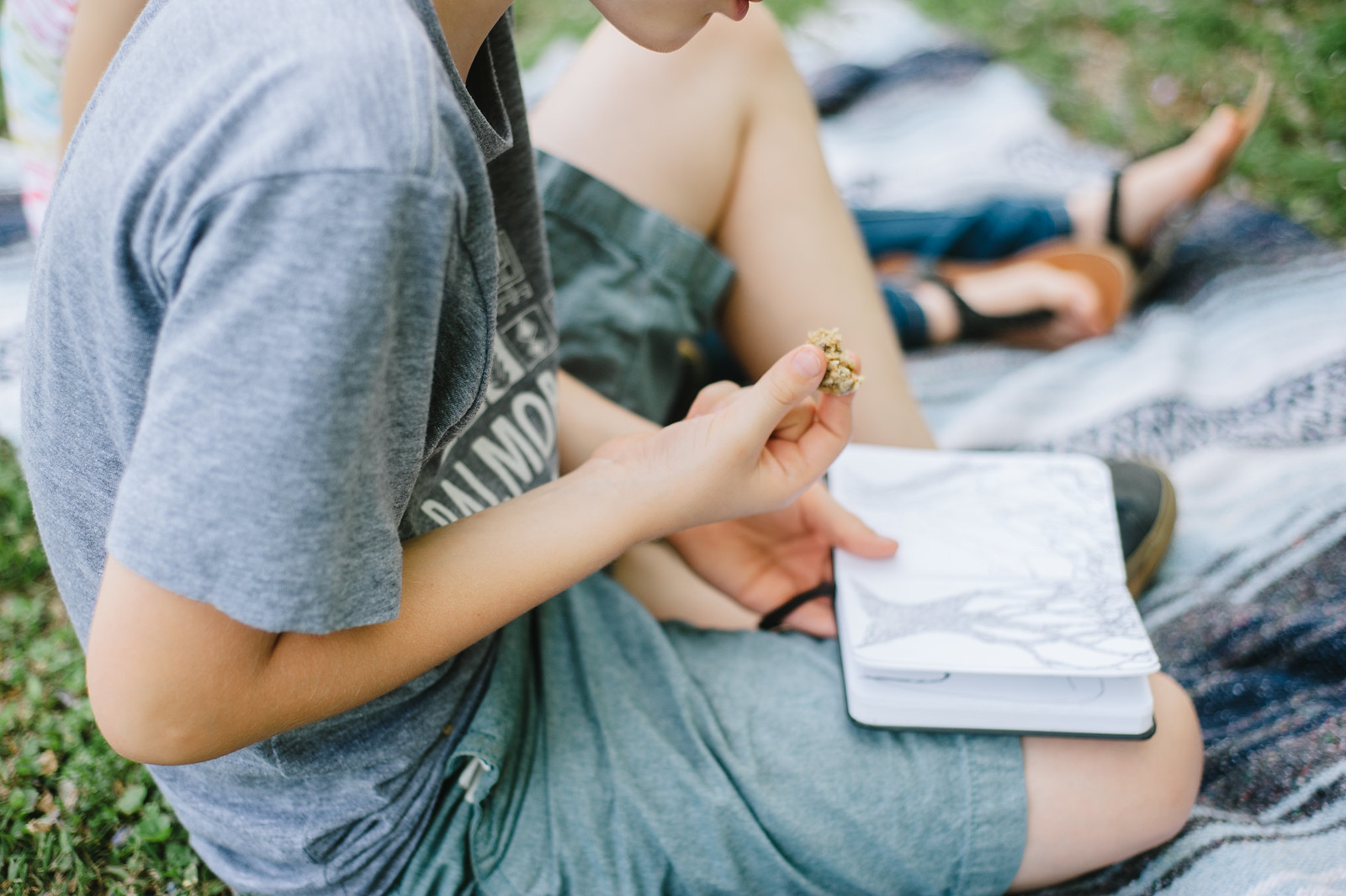
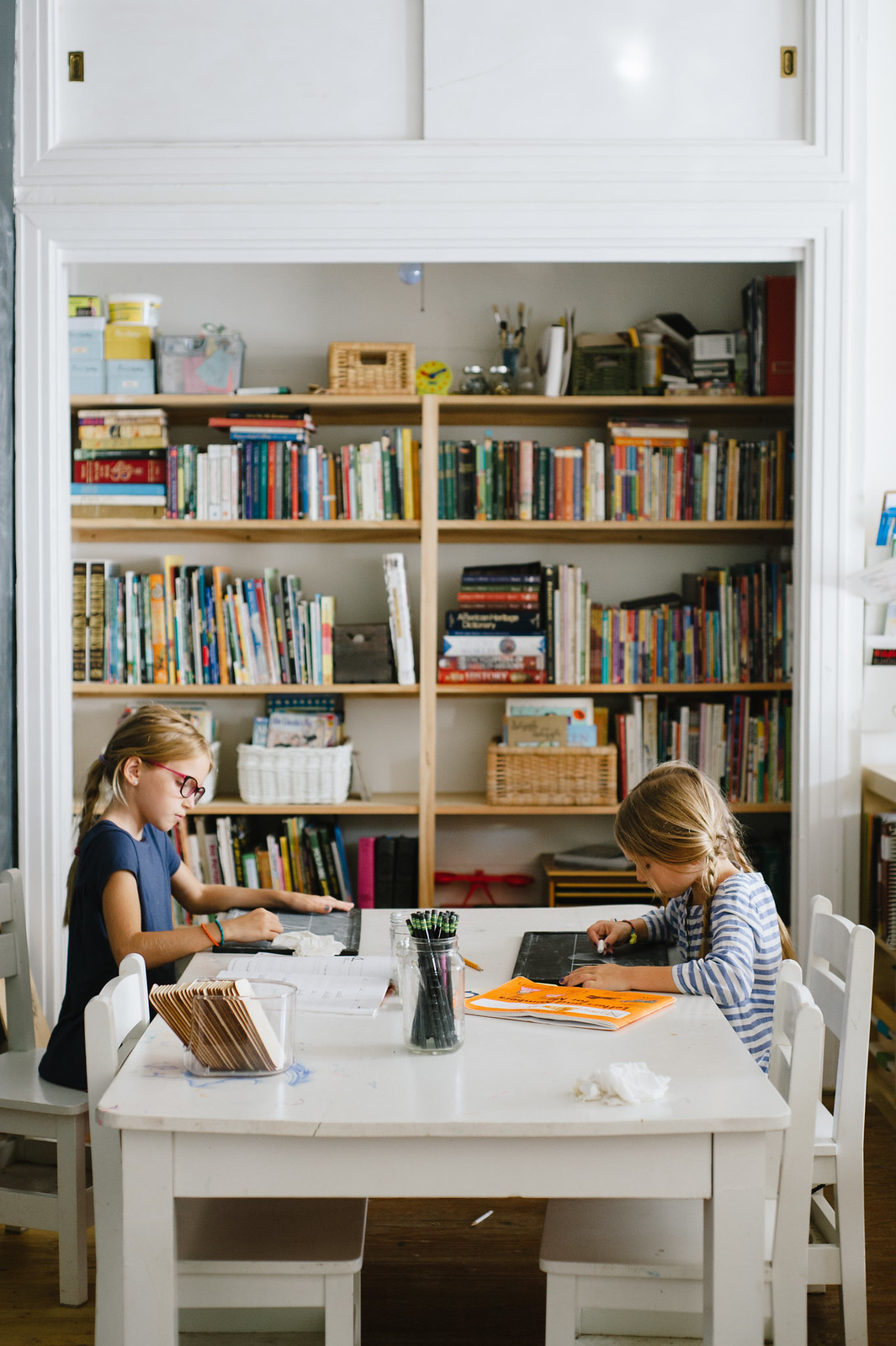
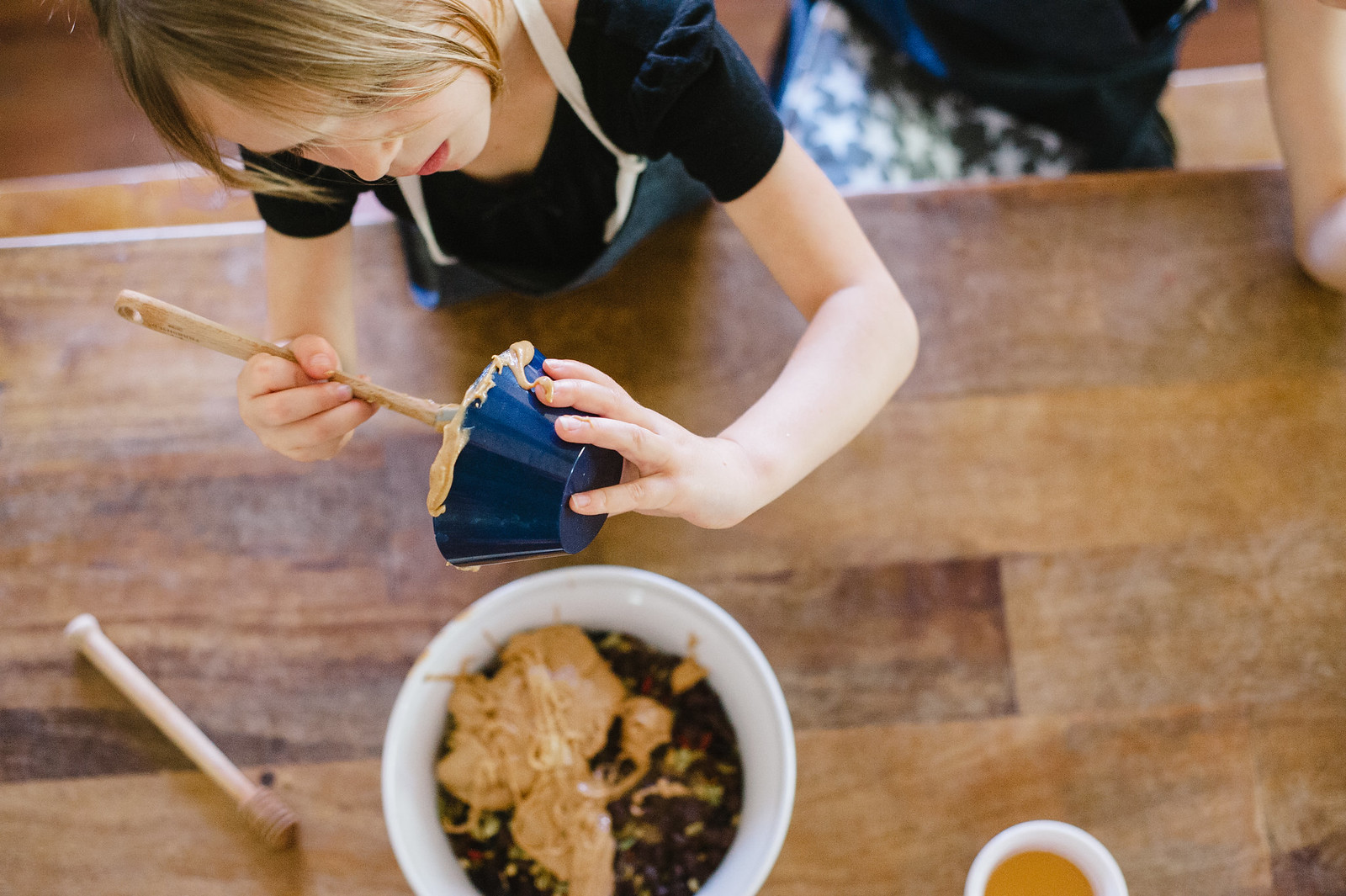
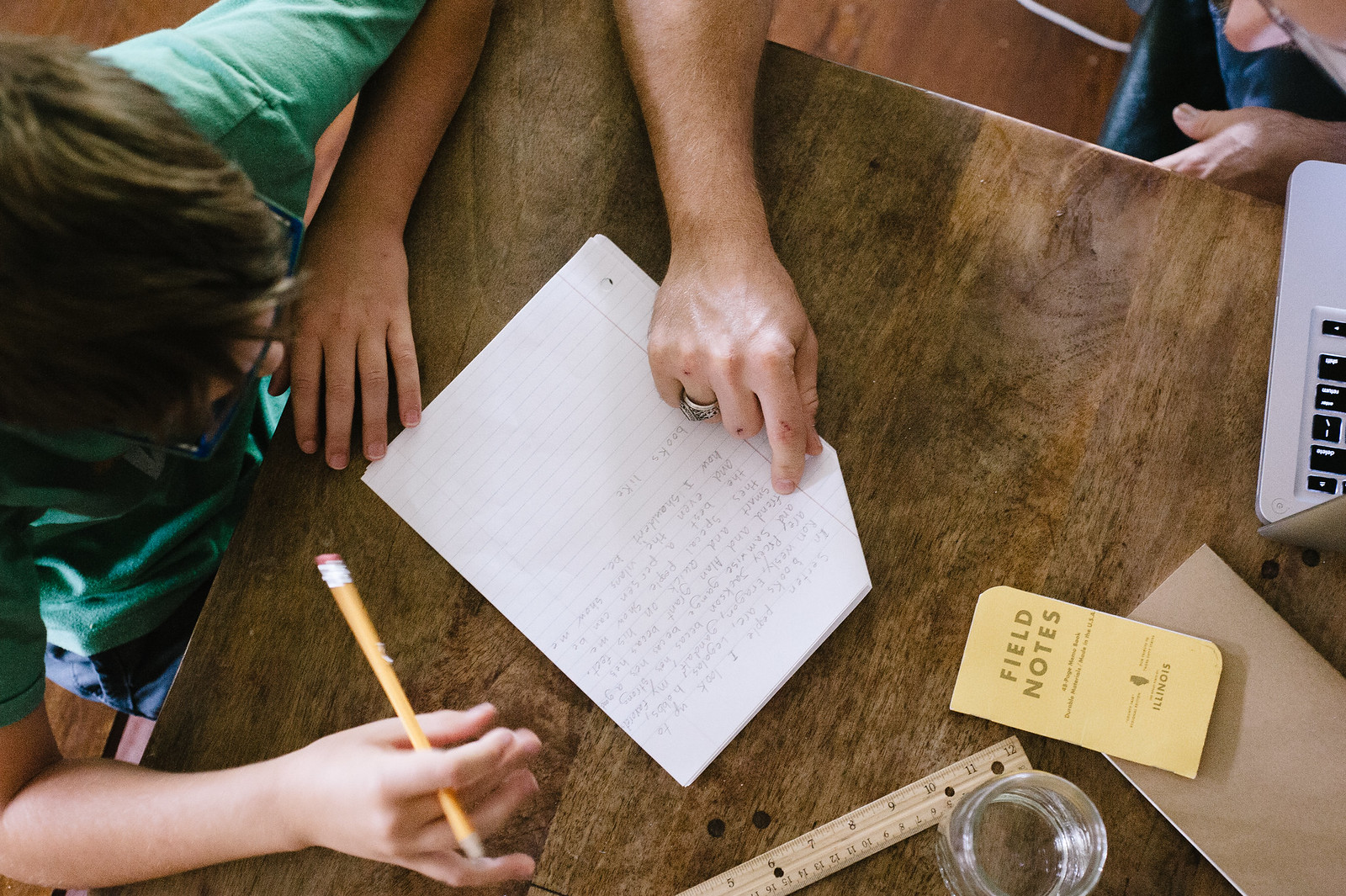
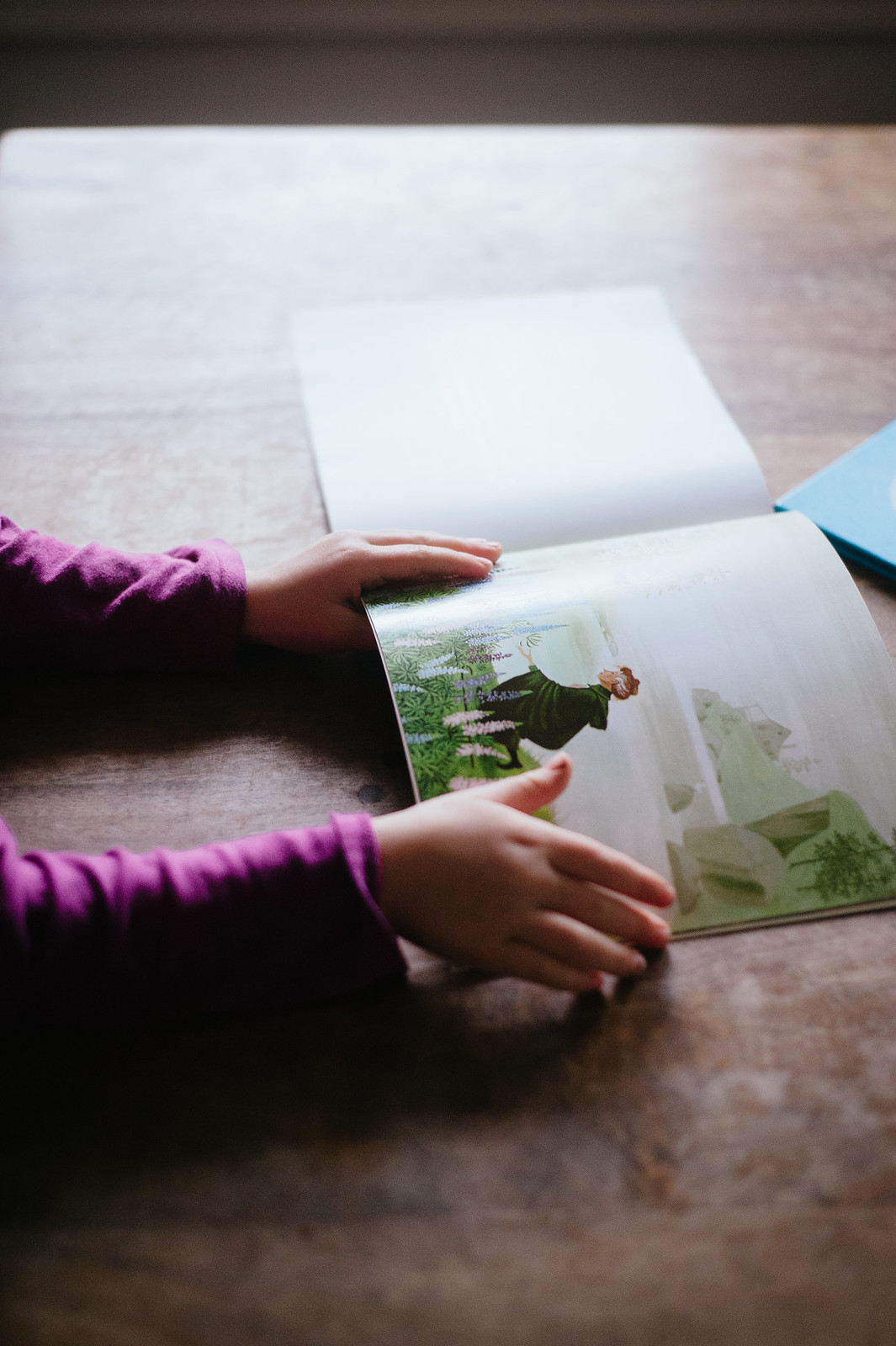
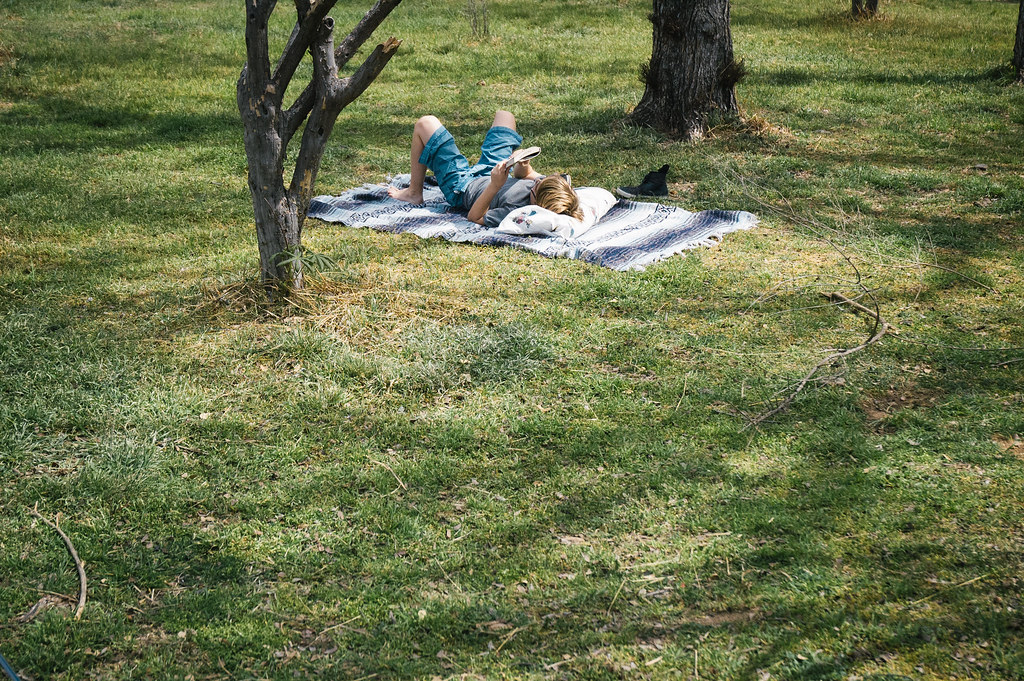

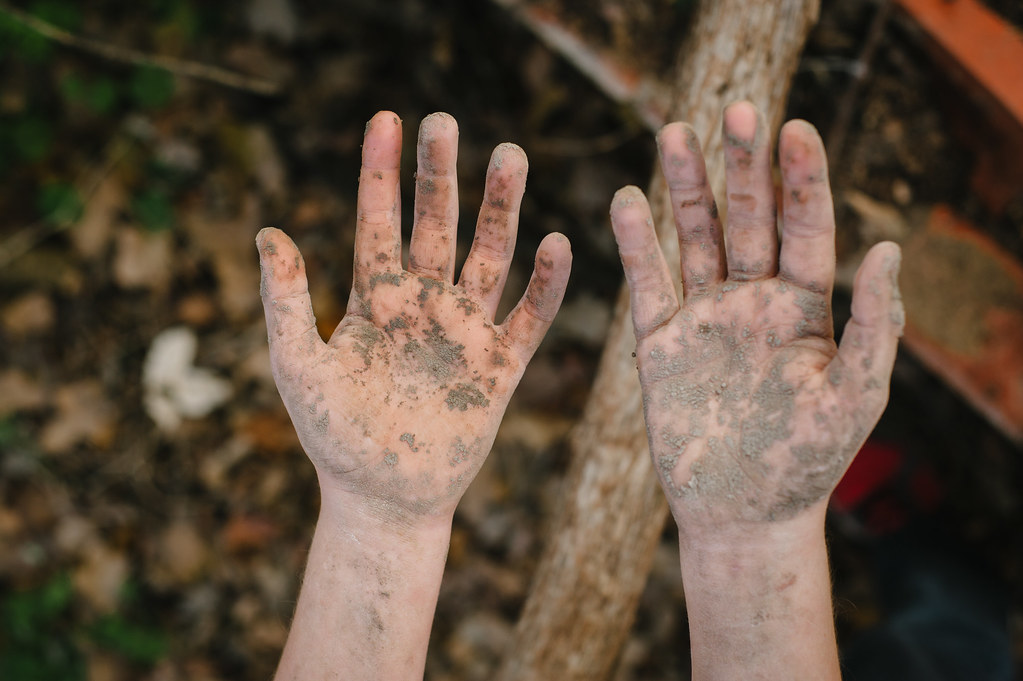
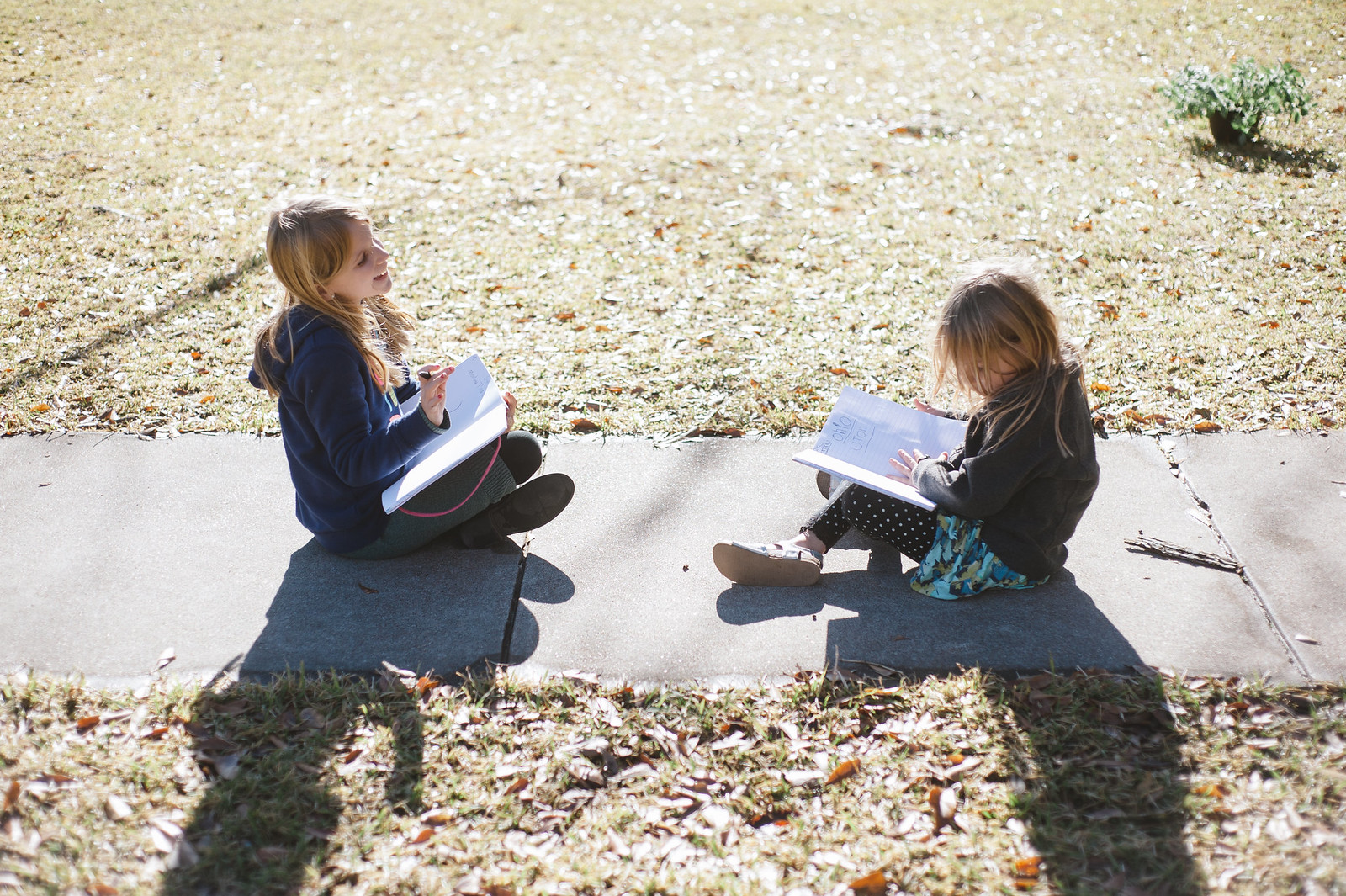
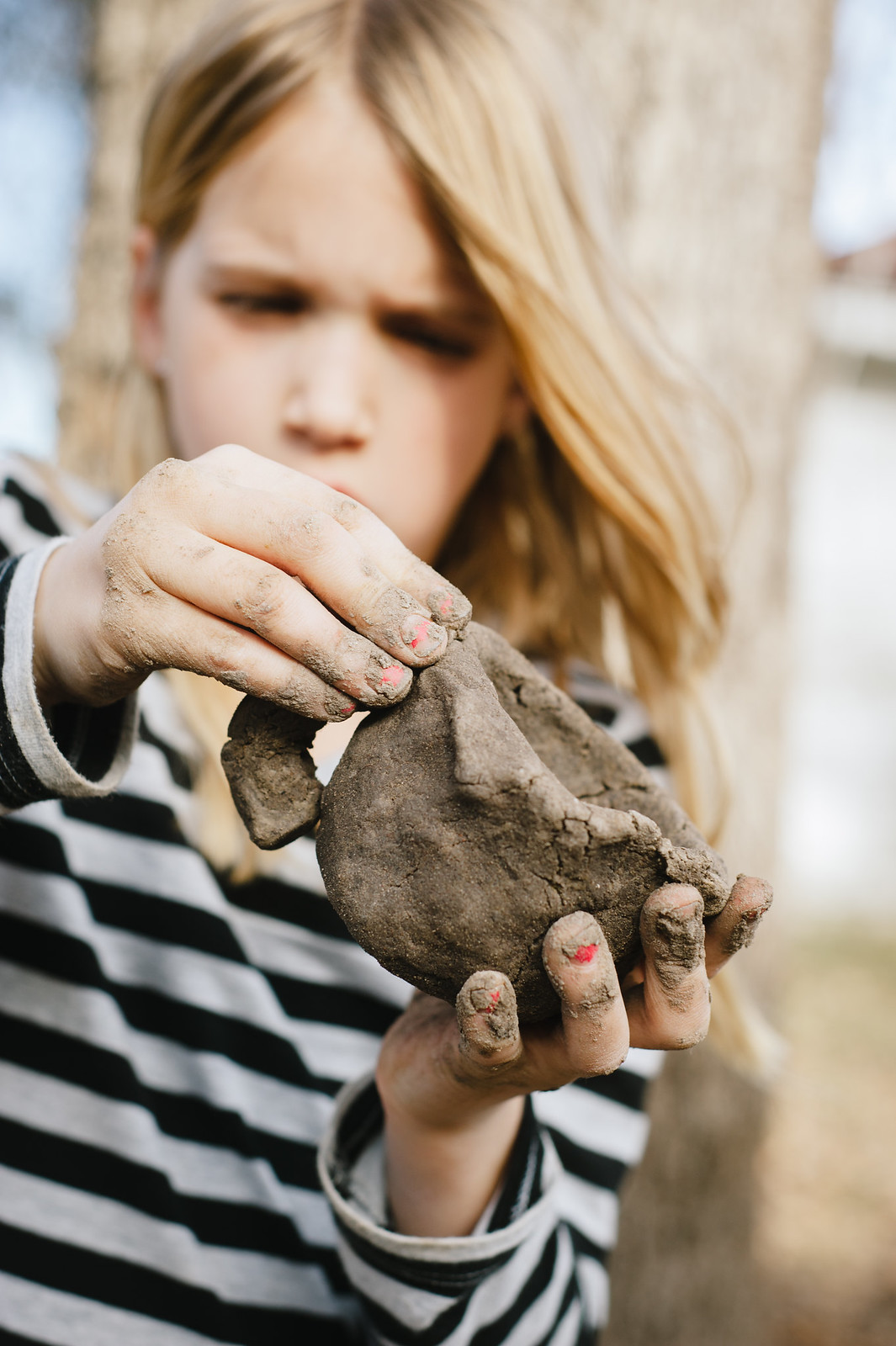
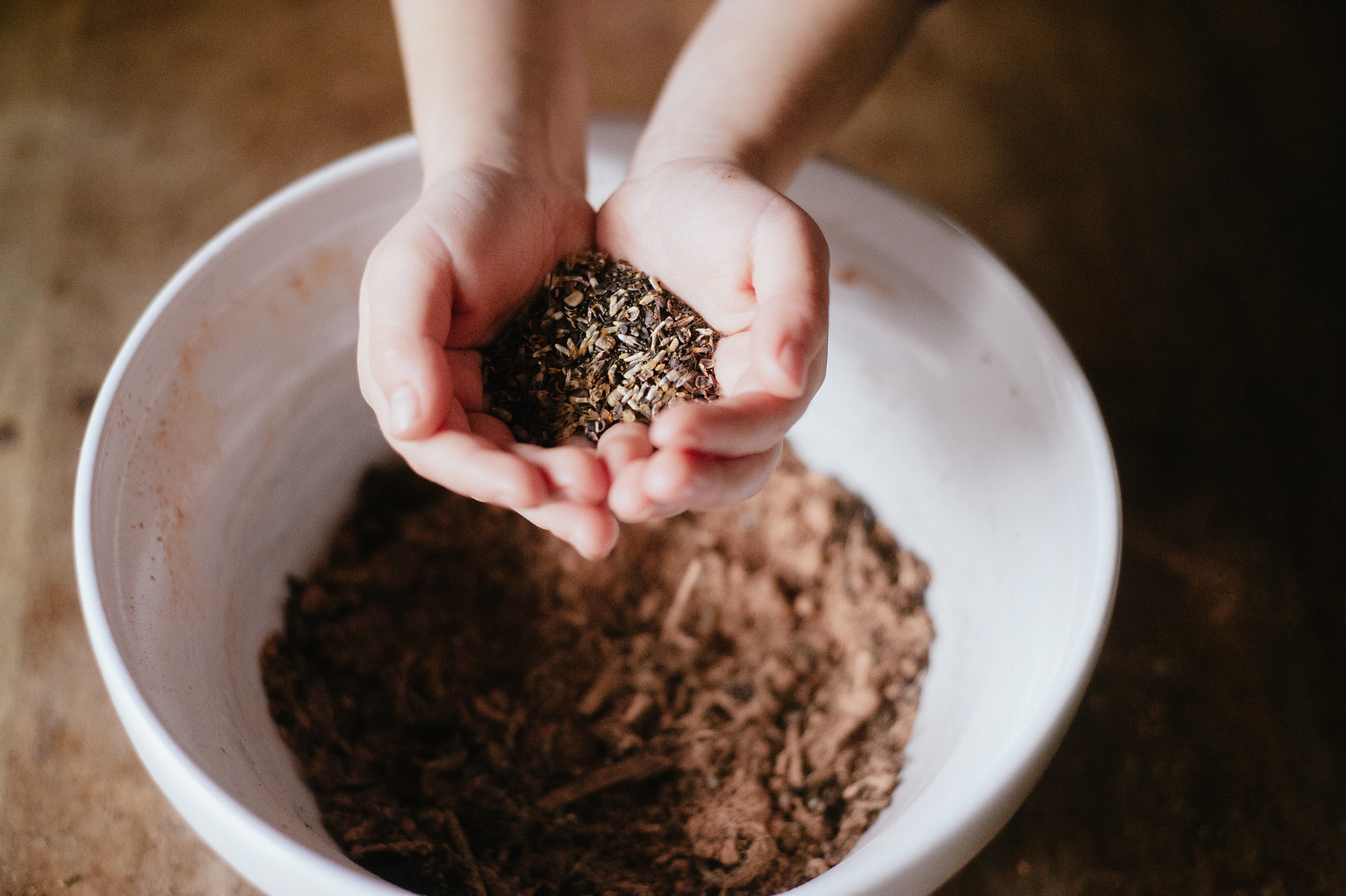
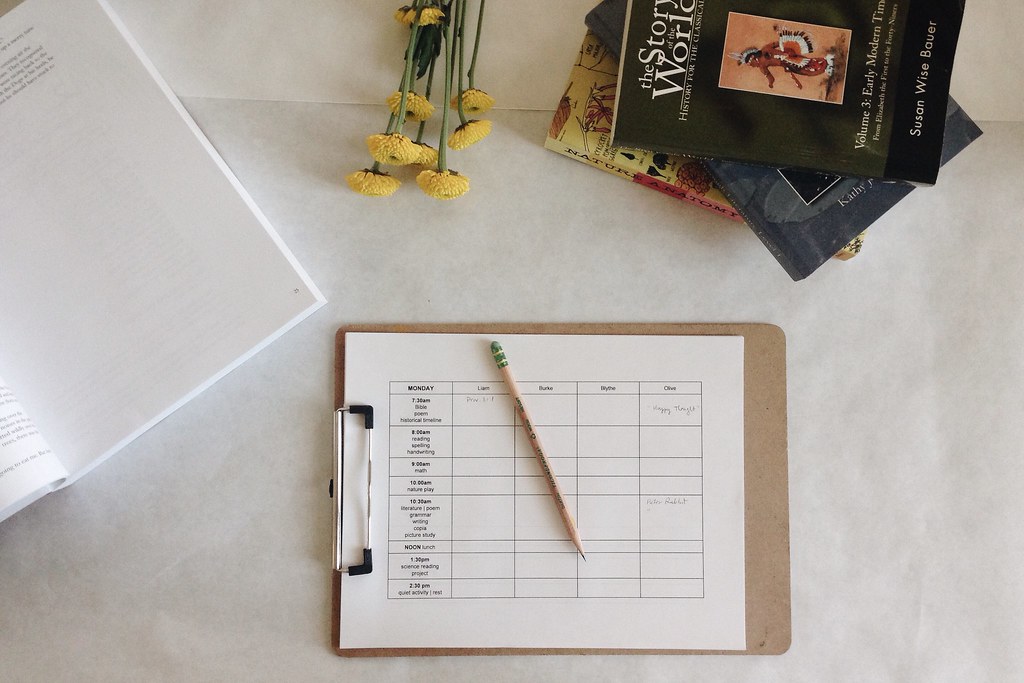
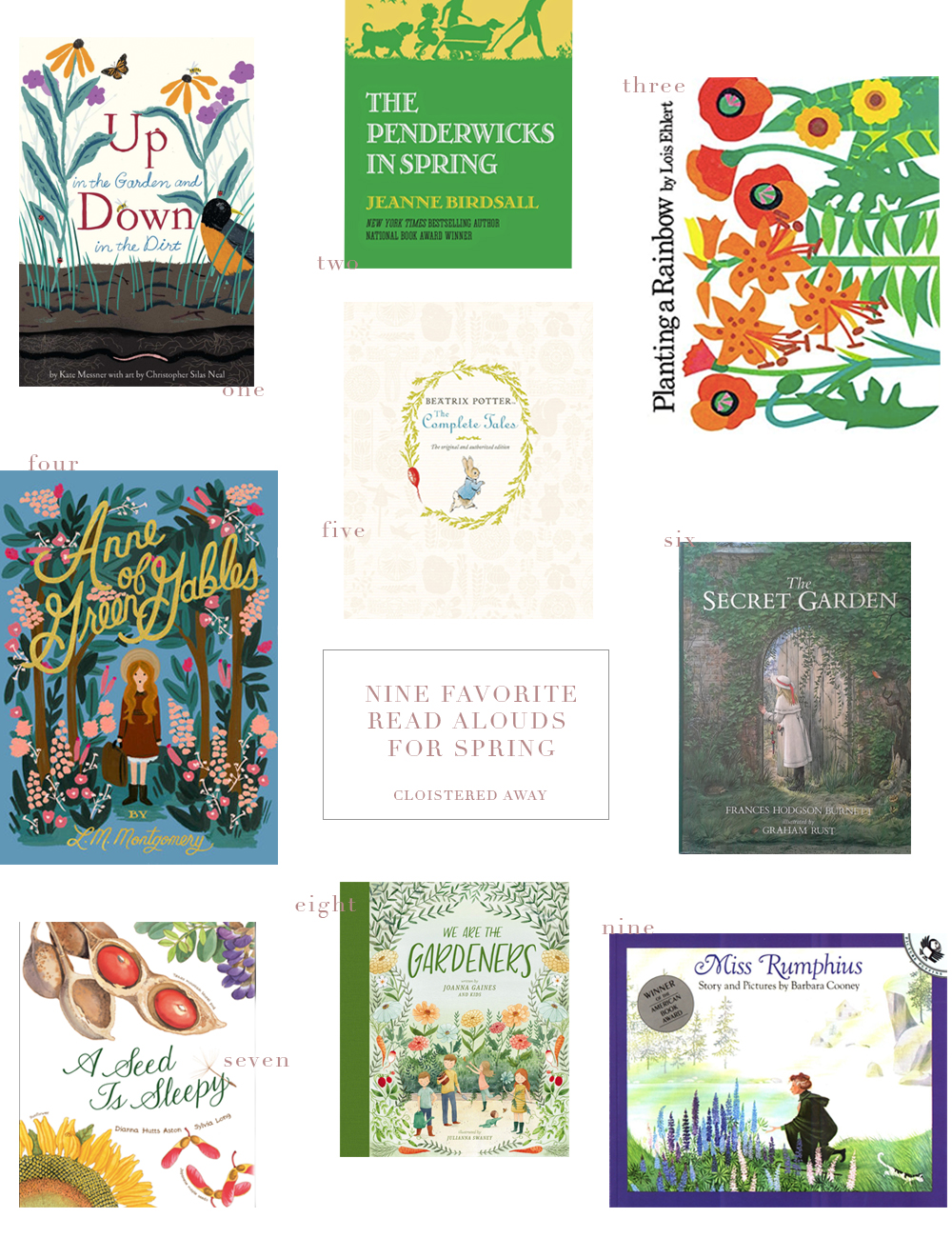
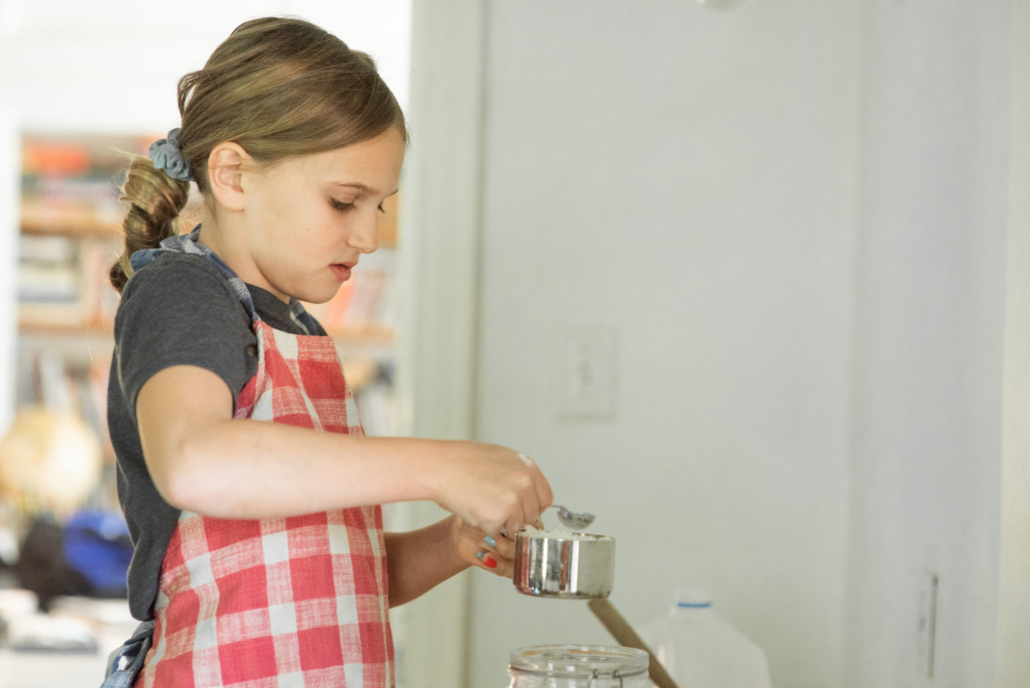
Comments
Where did you get that clear container for the Sandpaper letters? I have them but don’t like the wooden boxes that are sold with them. I’m looking for something more like what you have. Any ideas? Thanks!
I picked them up at Target or Home Depot, I can’t remember exactly. They’re in the bath and shower section. A smaller one for the numbers I picked up at an office store (for pamphlets).
Bethany, last year I bookmarked this post so that I could come back to it as I plan our 2016-17 school year. You shared so much great information and insight here!
I am excited to see your upcoming homeschool plan and all of the goodies you choose! Am also very curious if are going to continue with RLTL and ELTL? The curriculum is very enticing: combined reading, spelling, writing etc., and the price!!
I know each post you create takes a lot of time and energy, please know they are appreciated! I look forward to each and every one and am certain many others do, as well. Thank you so much for sharing them!
Pingback: Link Love | {Re}visionary Life
Thank you for sharing your journey/resources. We are currently using “First Language Lessons” for for grammar/copywork/poetry memorization but I’ve been wondering what to use for writing composition. We are not quite there yet, I’m waiting for my boys (who are in 3rd grade) get be better readers and their penmanship to get a bit better, but probably by next year we’ll be ready. I didn’t like Writing with Ease because it seemed to overlap so much with First Language Lessons and I didn’t like literature selections. So thank you for introducing me to “English Lessons Through Literature.” I’ve never heard of it but it looks like what I’ve been searching for. I love that is uses whole books and integrates grammar/spelling/composition together! Honestly, this is an exciting discovery. I’ve been trying to integrate as much as possible. “Integrate” and “Simplify” have been my theme for this school year. I’d love to hear a review at the end of next school year with how you liked it!
I’m so excited to be using the ELTL this year, Danielle. I love the emphasis on REAL books and that the children are writing from what they’re reading, too. I will definitely do a follow up post later this fall after we’ve been using it a bit to give a more thorough review. Blessing you all with the sweetest beginning to a new year. xo
Thanks for being so generous with your time and for sharing all of this Bethany! Love to you, friend!
So thoughtful, Kaylan. You know I’m grateful to help encourage and share snippets that might be helpful for others on this journey. x
We used Phonics Pathways to teach reading/phonics. My son (9th grade this year) is an EXCELLENT speller. Highly rec. When choosing between that and 100 days, I was steered toward pathways by a veteran homeschooler who also teaches ESL classes. She said the pathways was very similar to style they used to teach ESL.
Our experience….
Thank you for the help and suggestion, Jamie! I’m always glad to hear what others are using and doing. Right now, we’re simply reviewing phonograms and will soon begin with spelling rules and words again. They’re writing more this year, and I’ve made sure the struggling spellers either draft their own narrations and I check them–or they simply narrate, I write, and they copy. I’m hoping review and modeling quality spelling will drastically improve them this year. Fingers crossed, yes?
again, i’m not quite here with my kids(!) but i find such inspiration from the planning/thought you put into your daily flow. this is a TON of time and work you’ve shared and it’s already book-marked for a later date!
when we can be ourselves (through methods, honesty, and realization) our impact and influence changes and affect others – positively and wonderfully! you do just that, bethany … thank you.
xo
I’m always so grateful for your thoughtfulness and encouragement, friend, and I’m glad to help build courage and grace into others through my own story (even the less graceful parts). xo
Such an insightful post into the day to day of a homeschooler. Thank you for sharing.
Thank you, Lilian, and thank you for your encouragement last spring, too. This summer was a sweet rest, and I’m feeling invigorated for the fall. ;)
One more question…what material do you use in teaching cursive handwriting?
We’ve used Handwriting Without Tears, but I’m not super crazy about their script. So I will handwrite the letters first in their composition notebook, reviewing the strokes just like HWT. Does that make sense?
Yes, it does! I noticed that the ELTL curriculum writers have a handwriting program using Robert Louis Stevenson poetry as the practice, so I might give that a try this year. The world of curriculum and resources seems to be never ending! Choosing one is the challenge. Thanks again for your help!
This is such valuable information for a first year homeschooler. Many thanks to you for taking the time to do this! We are also planning to use English Lessons Through Literature with our sixth grader. I’ve noticed that the ELTL curriculum only goes up to Level 5 (for 5th grade and above). Are you planning to use Level 5 with your older children? I’ve considered even using Level 4 because of the added grammar. Any thoughts?
I’m so glad this is helpful, Sarah. I wondered the same and decided to use level 4 for my fifth and sixth grader and plan to beef up the writing a bit for them during the year. It will still be challenging and thorough for them, and it will be nice to have them going through the same level for me. I think she may even have an appendix for older students in the back of the book, too. ;)